Alan Jacobson 2022 SEGD Fellow
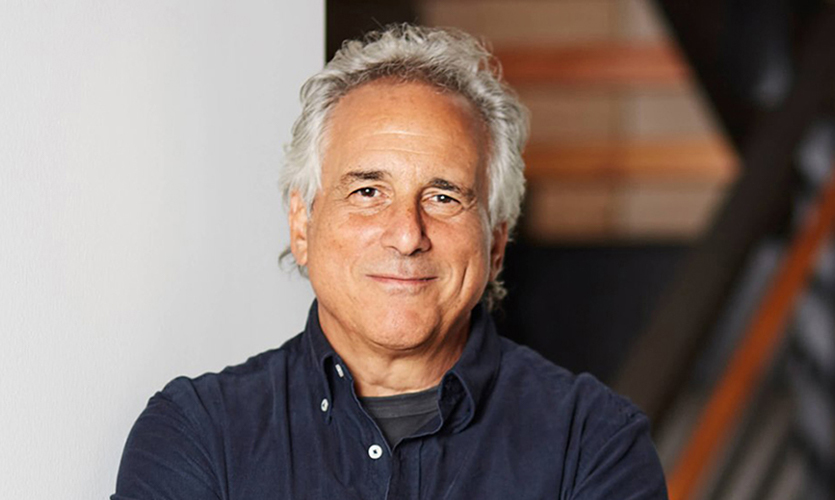
As a leader in the EGD community, Alan Jacobson is driven by the impact of design on quality of life. Alan is the founder and CEO of Exit Design and sister firm J2 (both based in Philadelphia), where experiential design and brand strategy inform Alan’s practice, but also serve as keystones in his own research and passion for design.
Alan describes his route to the field of EGD as “circuitous.” He began his journey as a teenager working in his father’s two-person Philadelphia sign shop. This experience gave young Alan an early foundation in signage. An interest in architecture and design, and an introduction to the work of Charles and Ray Eames, inspired Alan to enroll in the Philadelphia University of the Arts.
Beginning in college, and over the next 20 years, Alan rebranded the sign shop and grew it into an 80-person design/build EGD studio named AGS. This led to his founding of Exit Design in 2001 with collaborator Ellen Taylor, which eventually split from AGS. Exit focused on studying how people experience the built environment using an Experience Assessment strategy to evaluate challenges and enhance that experience.
Shortly after, Alan’s son Brian, a graphic designer, suggested that he and Alan might make a perfect creative duo. Their partnership, J2, was born as a brand strategy and visual identity firm. These two studios, Exit and J2, often collaborate on projects in education, social impact, healthcare, arts and culture, and in mixed-use and public spaces. Major projects include the University of Pennsylvania, Kimmel Cultural Center, Philadelphia Mural Arts, Union Square San Francisco, and the Governor Mario Cuomo Bridge Shared Path.
Alan has also built a reputation for giving back. Partnering with artist and activist Lily Yeh, he worked in a Rwandan village to help rebuild the spirits of genocide survivors. Using collaborative art projects and environmental design, they created public spaces to bring residents together under a common cause. Since 2005, Alan has built on Lily’s legacy at The Village of Arts and Humanities in Philadelphia to lead the next generation of creatives.
Joining SEGD in 1999, Alan has volunteered his time to support SEGD and help it grow into the international organization it is today. He has served on committees and the SEGD Board, chaired the 2004 SEGD Conference, and cofounded SEGD’s Philadelphia Chapter.
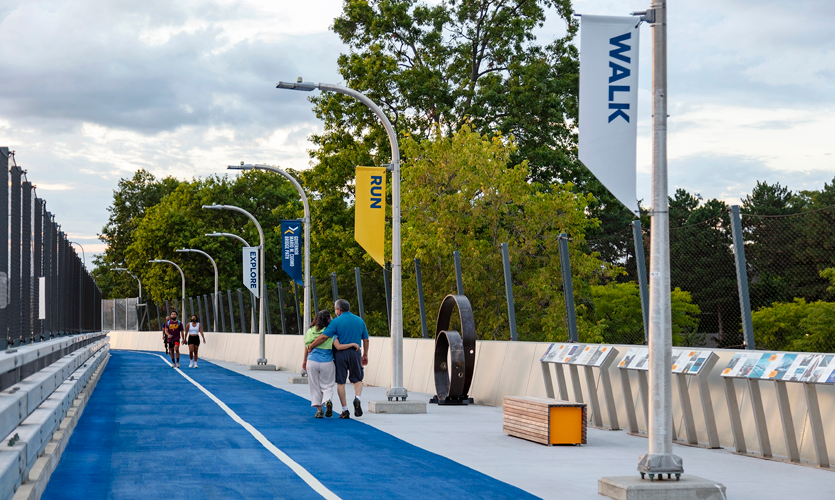
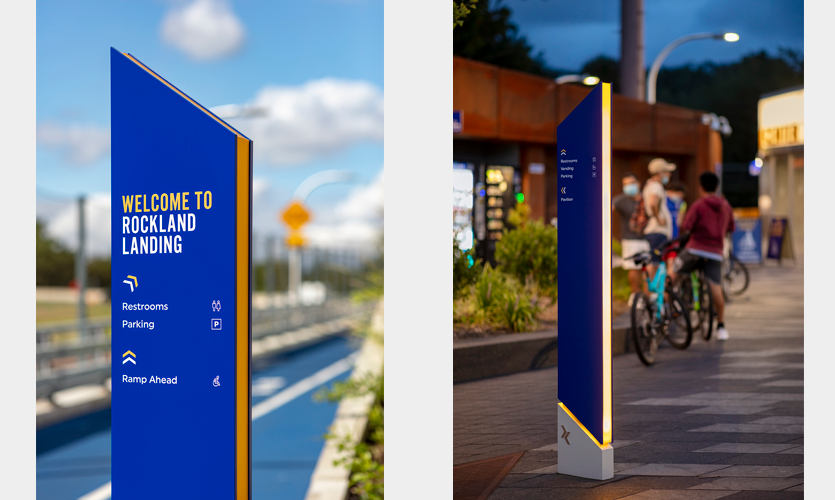
How did you get started in experiential graphic design?
My dad had this sign shop in Philly, and I had fun working there after school. They did little manufacturing jobs like donor plaques and things like that. And I got to think about making things around messaging. Later, I went to the University of the Arts in Philadelphia, choosing an open curriculum and taking courses in drawing, graphic design and advertising design. At the same time, I continued to work at the sign shop where I designed signs for hospitals and small office buildings and started to think about environmental graphic design.
You’ve described yourself as “self-taught” in terms of design. What do you mean by that? graphic design?
When I say self-taught, I mean you study a lot of other people’s work. The sign shop my dad had (for example) dealt with graphics, and it dealt with materials, and I found that connection really interested me. Later on, I discovered the work of Charles and Ray Eames—just sort of checking them out as a high school student in bookstores and libraries. And, of course, my self-guided curriculum at University of the Arts at night.
What drew you to the work of Charles and Ray Eames? How did they help inform your concept of EGD?
I love their incredibly broad view of design. They would act on their curiosity, and they had this fearlessness in terms of what they would go after. Back in the day, there weren’t as many silos, so they had everything available to them. So frankly, that’s what eventually led me into environmental graphic design, because I felt like that was a design discipline that gave you the freedom to converge disciplines.
After college, what did you do?
I began to grow the sign shop and eventually transformed that into a firm called AGS. It was an eight-person environmental graphic design studio and a manufacturing operation of about 70 people.
There’s this weird sensibility that those in the manufacturing world aren’t the creatives, and those in the design world are. But the Eames knew better. They made stuff. And so I learned: “How do people who make things think?” That’s how I got involved.
Why did you later shift focus away from AGS and start Exit and J2?
The reason I shifted: I felt that the design work was limited. AGS was primarily a design/build firm and I felt I was missing out on the opportunities as a design studio, if I am also connected to a fabrication operation.
I was having a lot of personal challenges at that time in my life, too. I knew I needed to make big changes. I always say you never want to waste a good trauma! So, what’s next? What is most important to me in my life? I started writing down words that described how I want to live: “explore,” “experience,” “examine,” “explain,” “exuberant,” “excellence.” And then I wrote down “exfoliate,” and I realized, these are all “ex” words.
I realized I want to live like the “ex” words. So, I felt like, okay, this is going to be “exit”—explore it, experience it, explain it.

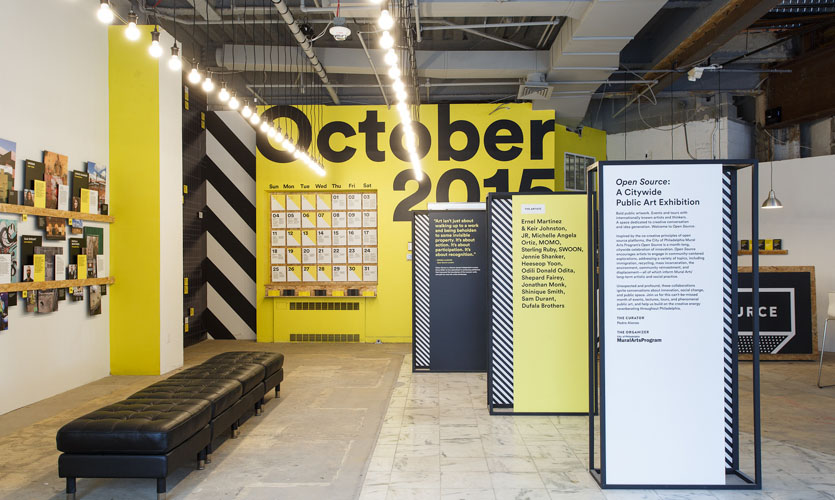
And that was the beginning of Exit Design?
“Exit” became Exit Design, a research/design studio focused on how people experience the built environment and how we can design things which enhance that experience.
And J2?
I started J2 with my son, Brian, an amazing graphic designer and very smart and very disciplined in his work. So “J2” is “Jacobson & Jacobson,” a brand strategy and identity firm helping good organizations do more good work.
So, do Exit and J2 collaborate together on projects?
The Mario Cuomo Memorial Bridge path was a total collaboration. This bridge replaced the Tappan Zee and is designed as a public space with a variety of experiences available to walkers, runners and bikers. J2 developed the brand identity, website, and interpretive exhibits and design direction for the project. Exit provided all the strategy for the project including planning, wayfinding and identity portals.
Later, you did volunteer work with Lily Yeh in Rwanda. Tell us more about that experience.
I met Lily when planning the SEGD Philadelphia Conference in 2004 and asked her to speak about the Village of Arts and Humanities in an underserved community in North Philadelphia. As a keynote speaker, she shared her experience of creative placemaking and the healing process that can happen—she brought the house down!
I asked her if I could help, and she told me about this project in Rwanda where she was asked to build a memorial and burial ground for the bones of hundreds of people killed in the genocide. She asked me to be her partner. I said yes.
In Rwanda a group of 500 people had just returned to a village of blighted mud brick homes, just at the edge of the Congo, who were survivors of the genocide. Needless to say, the level of trauma that these people carried was unimaginable. Over two years, under Lily’s leadership, we built a memorial to the genocide, buried the bones, painted murals with the children and adults in the village, and continued to work there for five years. So much of the success in this village was a result of creating art together, this idea of designing “place” through environmental graphic design. SEGD took me there.
What is your advice for emerging professionals?
Two things:
Meet as many people as you can. Each person is an entire universe, and everyone has something to teach you. Find those gems of wisdom that everyone has that you can actually apply.
And make a list of promises to yourself. We all have made promises when we were younger. Some are about our career, some may be about helping others, some about the life we plan to lead. I have 15 of them! Every decision I make in my life comes from these promises. So write them down, edit them as needed, then keep your promises.
People also viewed
-
Read more SEGD Fellows

SEGD Fellows
-
Read more Voices of Experience
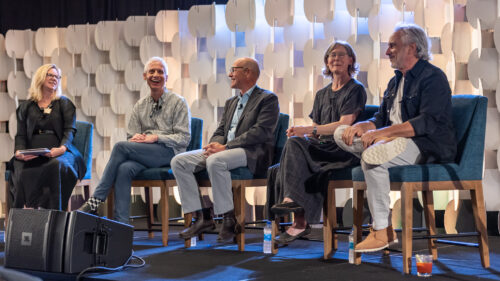
Voices of Experience
-
The Rwanda Healing Project

The Rwanda Healing Project